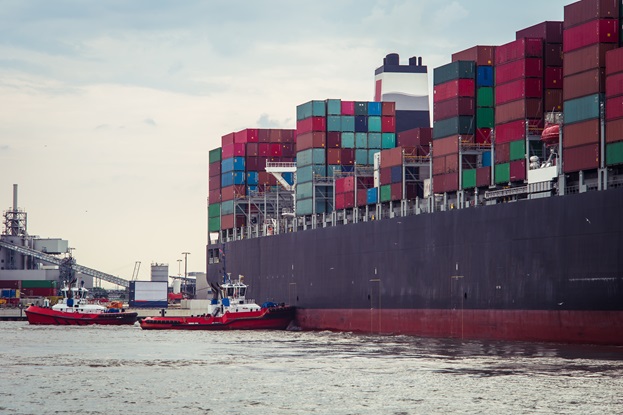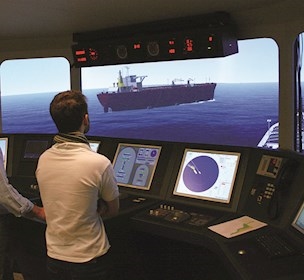Tug operation on rivers- a challenging task
Assisting tugs on rivers are exposed to hazards that set demands for special skills, careful planning and establishing preventative measures.
Many incidents unfortunately take place when a tug is assisting a ship. The only way to prevent incidents from occurring is by training the necessary skills to cope with the unexpected. It may sound simple but it is not.
A particular challenge tugs encounter when manoeuvring on rivers is the unpredictable changes in the current’s force and direction when operating close to river bends. This phenomenon is mainly caused by the shape of the rivers and man-made constructions and affects the assisted vessels in such a way that collisions or groundings many times become unavoidable.
We know that these changes in the current are particularly magnified in shallow and confined water areas, in the proximity of man-made constructions like bridges with pillars or small islands, small under keel clearance of assisted vessel.
Girting
Girting is also of particular interest when operating on rivers. The term refers to the situation when a vessel, is towed broadside by a towline and is unable to manoeuvre out of this position. It is the most prevalent reason for tugs to capsize with fatalities. This can occur at either end of the tow and can happen very quickly.
It is also important to observe that equipment failure, both on the assisted ship or on the tug, imposes higher risks than when operating in open waters. The reason for this is that ships are operating in confined waters with very little space for manoeuvring and regaining control if the situation derails. With no “second try button” as an option the crew’s reactions have to be correct and effective the first time. This can be achieved by a combination of training and experience.
Sometimes well-proven procedures render ineffective due to the confined river areas, the slow reaction of assisted ships due to shallow water effects, tugs not using the proper length of the towing line because of the constrained space to manoeuver and disorientation due to poor visibility.
All the above-mentioned problems dealing with tug operations on rivers can be analysed and properly trained using real mathematical tugs- and assisted ship models in full-mission simulators with experienced trainers with human factors knowledge. This type of training will enhance the participants’ knowledge and skills making tugboat crews resilient to the unexpected and thereby minimising the risk of unwanted experiences.
The Flying Phantom
When the factors mentioned above are not dealt with seriously, we experience awful consequences. This was the case with the Flying Phantom in December 2007. The tug ‘Flying Phantom’ was girted and sank, while acting as a bow tug. She was assisting the 225 m length bulk carrier ‘Red Jasmine’ during a transit of the River Clyde in thick fog. Three of the tug’s four crew members were lost. The tug girted in less than 40 seconds. The reasons for the accident were poor procedures, poor planning, unawareness of real risks, disorientation due to visibility conditions and less than 40 seconds to react properly.
Experience shows that the only way to obtain and maintain a high safety record is by providing consistent, systematic and reliable training as well as a solid knowledge regarding human factors to all the company’s employees.




